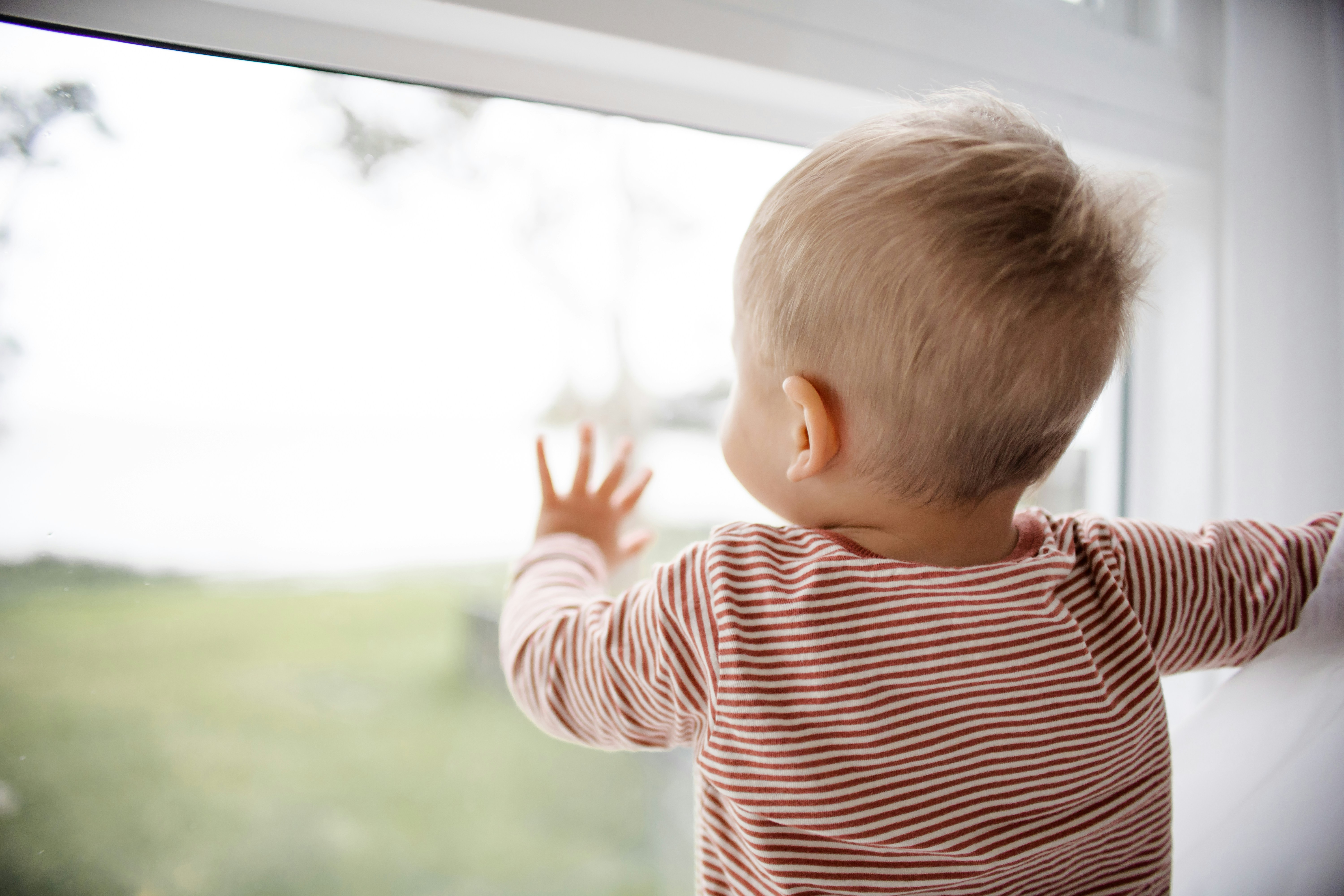What Are Pre-Walker Shoes?

Even before they take their first steps, babies are ready to seek adventures. Cruising, the stage of crawling and holding onto objects to get around, occurs before walking. During this time, babies learn to explore corners and master the art of standing tall. It’s all in a day’s work for your average curious, inquisitive baby.
While they do this, however, their tiny toes need protection... And that’s where pre-walker shoes come in.
If you’re still wondering, "What are pre-walker shoes?" they’re those that support those initial steps. Read on to discover more about pre-walking shoes including what to look out for when you buy baby’s first precious pair. This guide includes advice from experts about those early stages of walking and tips for choosing materials and styles.
The beginning of the journey
Babies typically start standing, crawling, and 'cruising' around furniture (walking with chairs and tables) around the 6–8 month mark, although this varies greatly from child to child. A baby can start wearing pre-walker shoes during this stage. However, it’s key that these are anti-slip, flexible, and lightweight with elastic collars to support the feet.
The difference between pre-walkers and first shoes
Though both serve young children, there are key differences between pre-walkers and first shoes:
- Pre-walkers typically have soft, flexible soles to mimic the feel of being barefoot while first shoes are firmer to provide stability while walking longer distances.
- Pre-walkers are more lightweight so babies can learn to move their feet more naturally.
- Pre-walkers often have a wider toe box to give the baby more room to spread and move naturally.
An important note on understanding tiny feet
When choosing pre-walker shoes, remember your baby's feet are unique! Unlike your own rigid arches, a baby's foot starts out soft and pliable, with mostly cartilage instead of bones. This allows for crucial muscle development as they walk around barefoot.
As they progress from crawling to cruising, tiny feet need gentle support as their bones gradually solidify. Pre-walker shoes cater to this delicate stage by offering flexible soles that mimic barefoot movement but still support the feet.
The benefits of pre-walker shoes
Pre-walker shoes, designed for crawling and cruising babies, are more than just cute footwear. They offer several practical benefits for your little one's early development. This includes:
- Soft and flexible soles that mimic barefoot movement, allowing for natural muscle strengthening and balance development.
- Shielding of delicate feet from rough surfaces, bumps, and small objects encountered during exploration.
- Providing warmth and hygiene. Pre-walkers are particularly helpful in environments where floors might be cold or dirty.
- Improving balance and stability. Pre-walkers support babies during initial standing and walking attempts, boosting confidence and encouraging movement.
- A flexible design that promotes healthy foot muscle development by accommodating natural movement.
- A snug but not tight fit helps your baby sense their foot position and develop spatial awareness.
- Breathable materials that ensure air circulation and prevent sweaty feet, reducing discomfort and irritation.
Choosing the perfect fit for tiny explorers: A pre-walker shoe guide
Selecting the right pre-walker shoes is crucial for supporting your little one's wobbly first steps and nurturing healthy foot development. But with so many options available, how do you choose the perfect pair?
Check out our handy list…
- Before you hit the shops, break out the measuring tape! Measure your baby's feet regularly while standing to ensure an accurate fit. Remember, they grow quickly, so leave a little room for growth (about 1/2 inch) without compromising on a snug fit. You can also use our Size Guide.
- Shoes should gently hug your baby's feet without constricting toes. Look for wiggle room at the front and check if you can slip a finger comfortably behind the heel.
- Choose shoes made from soft, natural materials like leather or canvas to ensure your baby's feet can breathe and hence prevent sweaty discomfort.
- Choose shoes with soles that bend easily, mimicking barefoot movement. Stiff soles can restrict natural development and limit muscle strengthening.
- Choose shoes with velcro straps or elastic laces as they are ideal for an easy on-and-off and make a secure fit.
- Look for a wide toe box that allows natural splaying of toes, crucial for healthy foot development.
Selecting pre-walker shoes
Investing in the right pre-walker shoes is critical for your baby's comfort and development. Breathability, flexibility, and extra room in the toe box give your baby's feet room to grow. Pre-walkers also help improve your baby's balance and stability and provide warmth and hygiene in cold or dirty environments.
Now that you have the essentials in check, it’s time for the fun bit! Take a look at our range of baby girl prewalker shoes and baby boy prewalker shoes to find high-quality shoes in adorable styles. We carefully craft our designs so our shoes support your babies’ early steps and help them set off in style!
